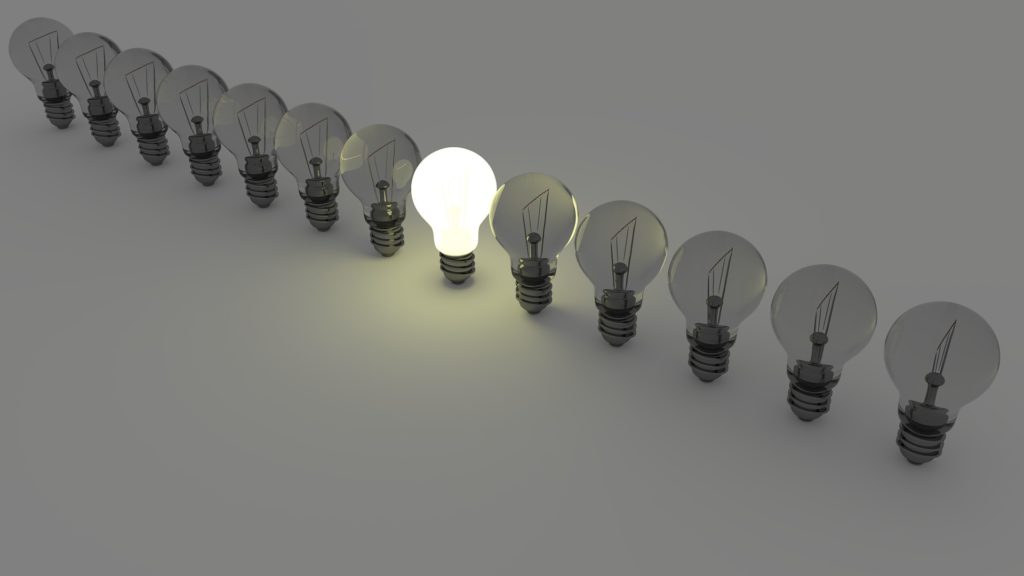Here’s another way digital could complement print

As I’ve said before, the publishing industry needs to get beyond the current “print or digital” mindset and instead explore ways for one to complement the other. Plenty of industry stats show that most readers are comfortable with either format and many prefer the convenience of switching between the two (e.g., reading the news digital but mostly sticking with print books).
After several years of going exclusively digital with books I have to admit I’ve been reading a few more print books lately as well. Sometimes it’s because the book was given to me and other times I simply opted for the format that was right in front of me at the store.
What I’m finding though is that the reading experience would be better if we could narrow the gap between print and digital. Here’s a great example: As I continue reading The Content Trap I’m highlighting more and more passages. When I do that with an ebook I can quickly search and retrieve those highlights using my phone, my iPad or whatever device is handy. With print books, those highlights and notes are only accessible if the physical book is nearby.
I’d love to see someone develop a service where I can take pictures of the print pages with my yellow highlights and allow me to upload them to a cloud service where they’ll be converted to a digital format. Since I’ve now got a nice library of both Kindle and Google Play ebooks, it would be even better if I could add those print highlights to my existing bookshelves.
Oddly enough though, the Kindle platform doesn’t even allow me to do a full text search across my entire ebook library. The magnifying glass tool in the Kindle app merely searches titles and author names, not the book contents. Imagine how nice it would be if you could search the contents of your entire ebook library and, that same search could also include the highlights from the print books you’ve read?
There would obviously have to be limits to the amount of highlighted or excerpted content you could convert with this type of service. Google, Amazon and Apple are uniquely positioned to offer that print-highlight-to-digital conversion since they already have all the content in their content management systems. As you upload those pictures of print pages with highlights they could quickly identify the source title, automatically adding the cover and metadata to the converted results. A social element could be integrated, enabling you to share some number of highlights with your friends and followers, powering better digital discovery of print content.
How cool would that be? Your print reading experience could finally entire the digital and social worlds.
Greedy publishers could quickly kill this concept, insisting on some sort of monthly fee or other upcharge for their content to be part of this solution. They’d probably argue that if a reader wants to create digital highlights they should buy the ebook as well as the print book. Good luck with that approach.
I hope one or more of the major e-reading platforms offers this type of service soon. I’d lobby pretty hard to get the entire OSV library included in it, free for users, resulting in better discovery and incremental sales from reader friends and followers.







Searching the contents of an entire digital library would be nice for many reasons, but on a mobile device like a tablet or ereader would quickly run into processing power limits. It’d probably result in either taking a long time or draining battery life, possibly both. On a laptop or PC that’d be less likely to be a factor dur to multi-core processors, multi-threaded OS architecture and frequently being plugged into a power outlet.
The processing power required would vary according to the size of the digital library, but basically you’d need an amount of RAM roughly equivalent to the size of the library. Bear in mind that eInk devices, for instance, are essentially embedded devices with cut down operating systems on a flash drive, a portion of which is used as RAM. All the Kobo devices, for example, are just little embedded Linux devices. The rest are fairly similar, even the Kindle ones (though they’re not Linux driven).
As for the optical scans of printed media with highlighting, there are two major hurdles. One is legal, it’d breach that “all rights reserved” bit about not reproducing the thing. The other is technical and has more to do with the quality of an OCR scan of the text. OCR technology has vastly improved over the last decade or more, but it’s still not perfect enough to necessarily be able to achieve this. Especially if a physical highlight colour might reduce the ability of the software to differentiate the printed text from the page background.
They’re nice ideas, though, but I don’t think the tech is readily available enough quite yet to get them beyond the experimentation level.